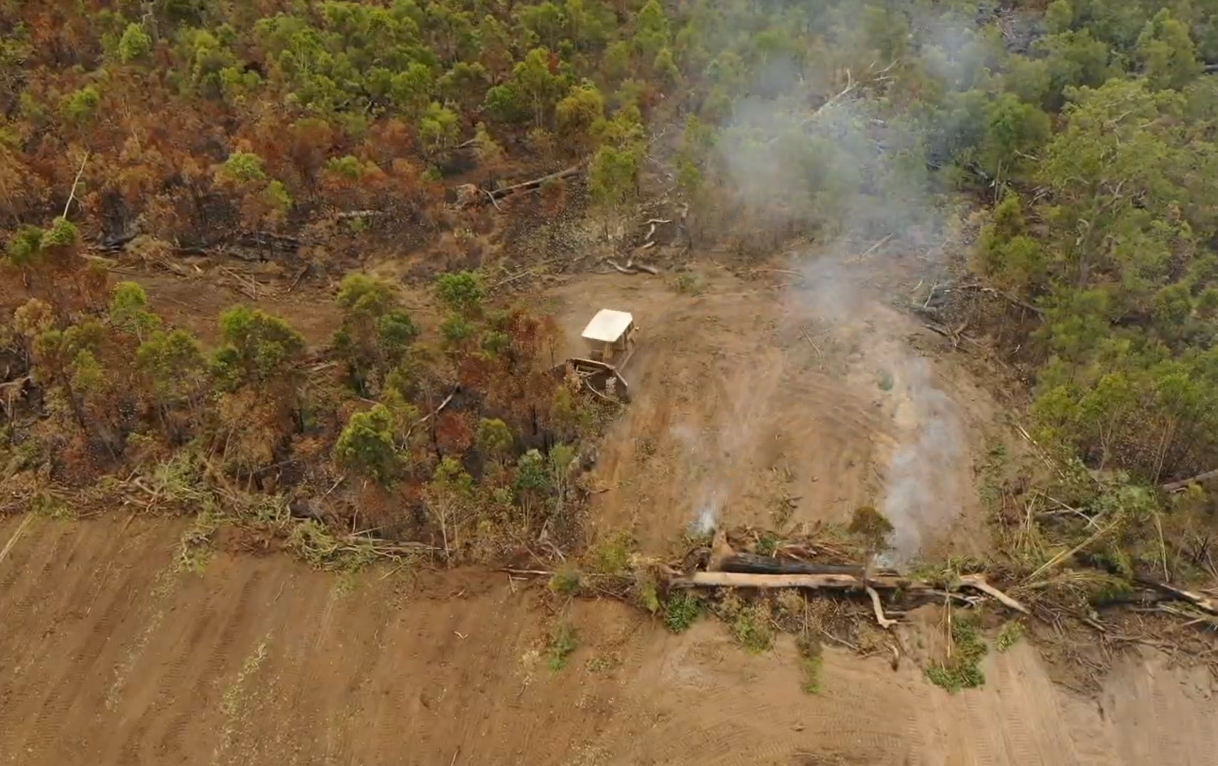
Deforestation
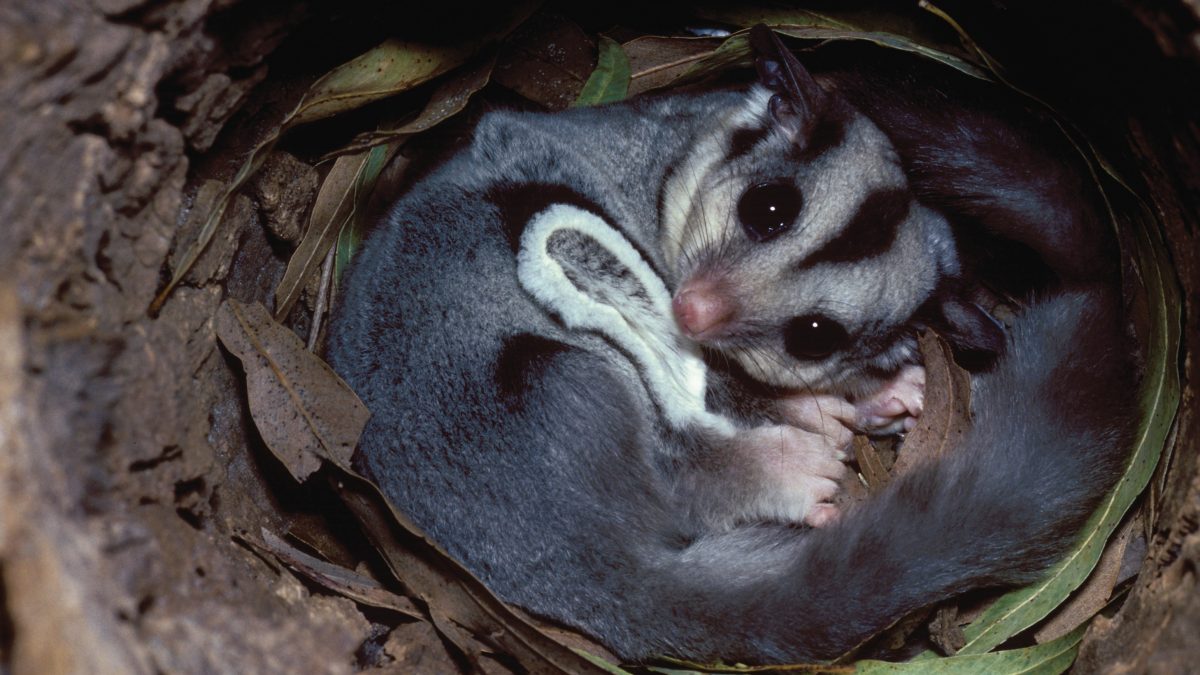
There’s a lot we’re only just learning about the little flying possum with the sweet tooth. But will we act in time to save them?
Meet the sugar glider.
Sugar gliders (Petaurus breviceps) are the base jumpers of the bush. They’re named after their taste for sweet foods such as tree sap and nectar, and their ability to drift silently through the air using their gliding membrane (called a patagium). These small, nocturnal marsupials are also known as ‘Bagu’ in the Gamilaraay language—an Aboriginal group whose land extends from southern Queensland to New South Wales.
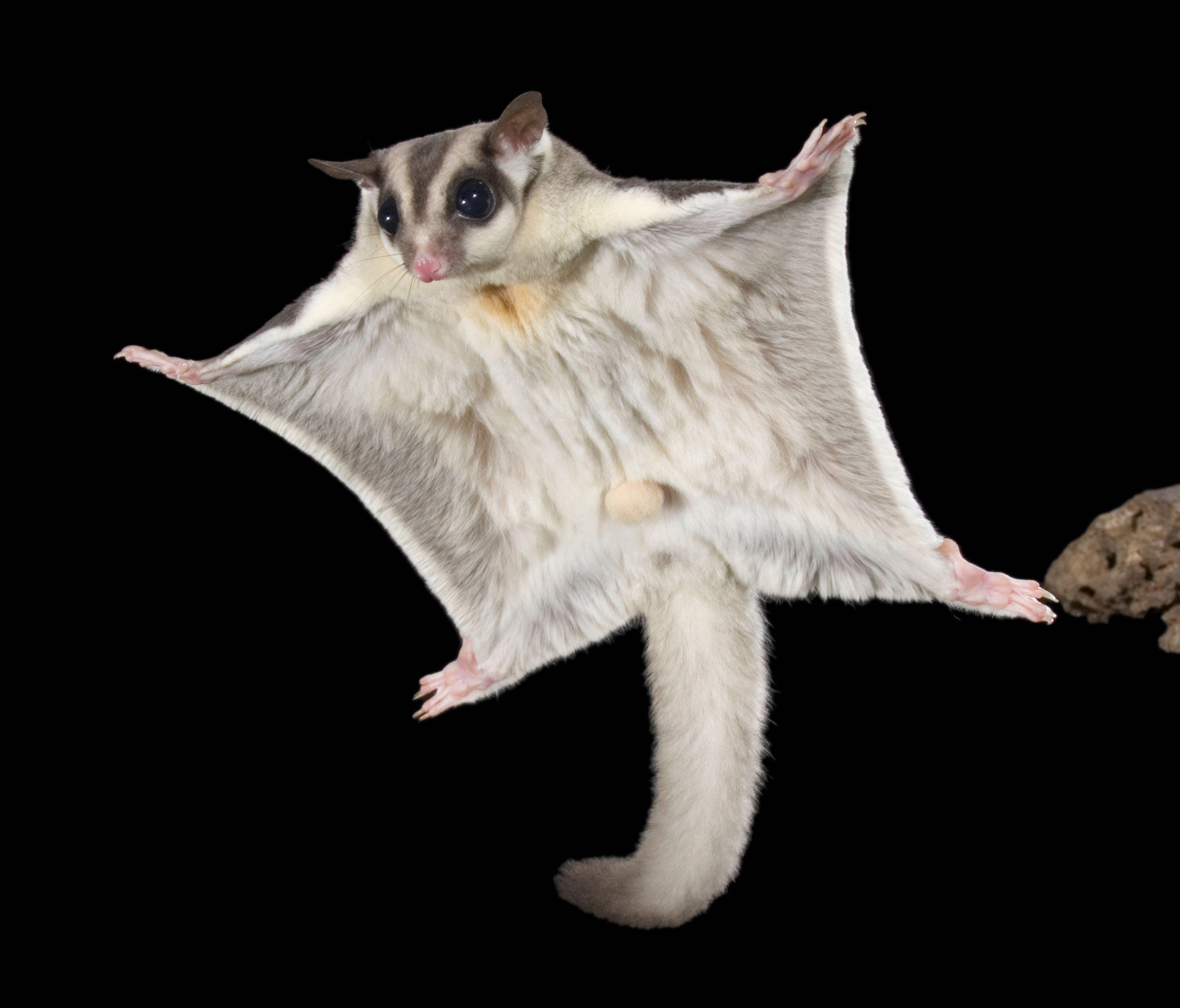
Sugar gliders are rare amongst mammals in that males also engage in parental care. This arrangement allows one adult to keep the young warm in the hollow while the other parent is out foraging for food, as young sugar gliders aren't able to thermoregulate until they are 100 days old. The young are more likely to survive when care is provided by both parents.
Sugar gliders have long been considered common and widespread throughout Australia, and are classified as "Least Concern" on the IUCN Red List. However, in July 2020, scientists uncovered something startling: the sugar glider is not one, but three distinct species. These are the sugar glider (Petaurus breviceps) and two new species—Krefft’s glider (Petaurus notatus) and the savanna glider (Petaurus ariel).
This discovery means that the sugar glider's range is far less extensive than previously thought, and that they are in fact limited to coastal regions in southeastern Australia—where the devastating 2019-2020 bushfires took place.
It’s now understood that the sugar glider is restricted to forests east of the Great Dividing Range, extending from southeast Queensland to around the border of New South Wales and Victoria.
To spot one of these nocturnal animals in the wild, you’ll need to head down the southeastern coast of Australia and plan a night walk or join a nighttime wildlife tour. It’s also possible to spot sugar gliders in larger suburban parks at night.
You can always see sugar gliders and other Aussie animals in wildlife sanctuaries, but for the best overall experience, get out and witness their acrobatics in their native forest habitat.
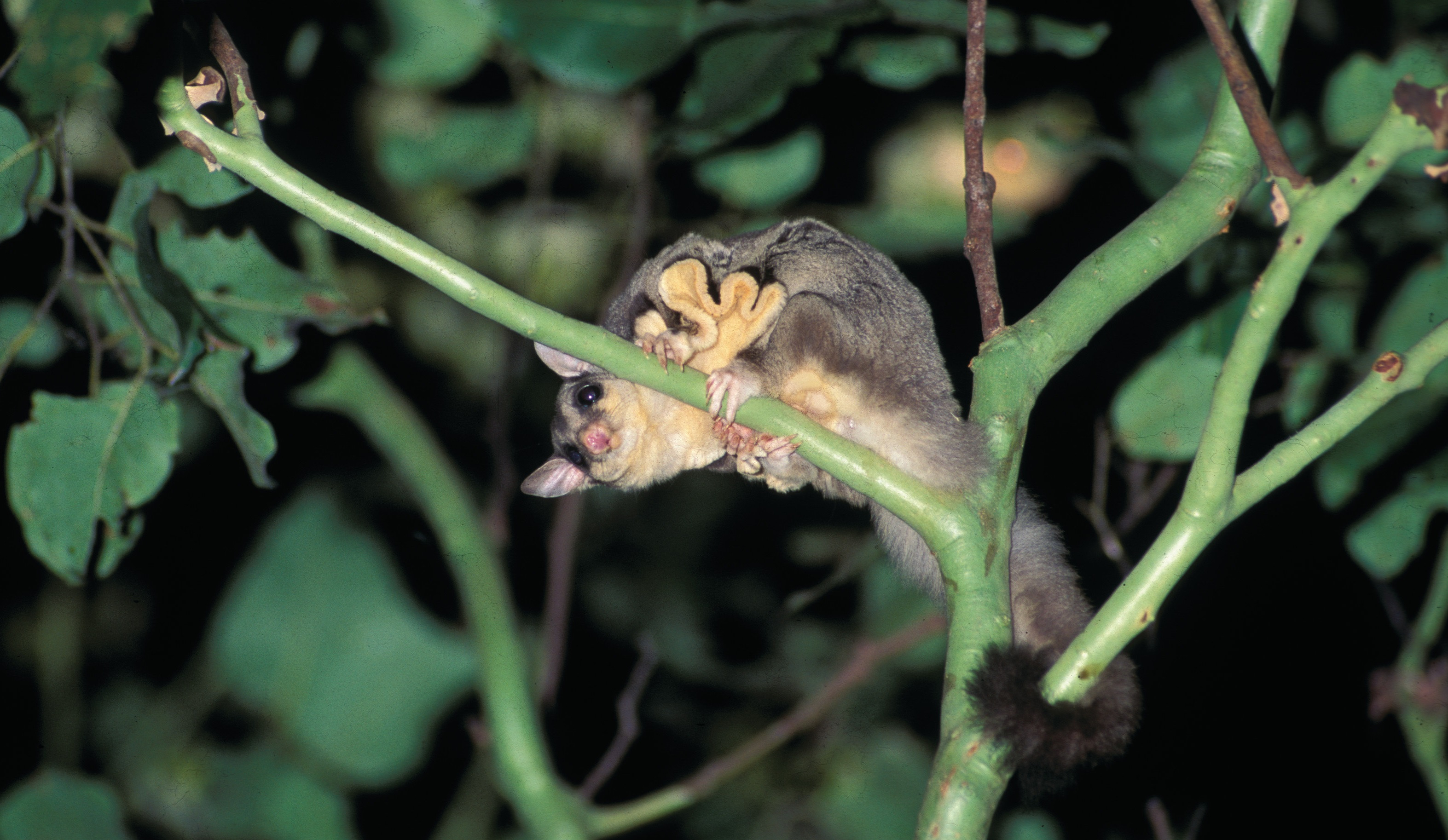
From the city suburbs to the Sunshine Coast right down to the NSW border, you’ll find somewhere to see sugar gliders in Southeast Queensland. Here are our top three spots:
According to NSW National Parks and Wildlife Services website, sugar gliders can be found in the following National Parks:
Less than an hour’s drive from Sydney, sugar gliders have also been spotted in Royal National Park.
Considered ‘sugar gliders’ up until recently, Krefft’s glider and the savanna glider can be found at opposite ends of eastern Australia.
The savanna glider lives in the woodland savannas of northern Australia. You’re guaranteed to see gliders of an evening at Chambers Wildlife Rainforest Lodges’ Nocturnal Wildlife Viewing Platform in Lake Eacham, Queensland.
The yapping of the Krefft’s glider is a common sound in Victoria, and they can even be found in good numbers in some suburban parks and along the Yarra River.
But for a real adventure, head out to the Central Highlands. Toolangi State Forest, which also provides critical habitat for the threatened Leadbeater's possum, is a good place to go spotlighting for gliders.
Dergholm State Park (Grampians) in the state’s north also offers the opportunity to catch a glimpse of the animal.
In light of the recent discovery that the sugar glider is actually three distinct species, with the sugar glider’s range being drastically reduced as a result, this animal is now vulnerable to large-scale habitat destruction—like the 2019-2020 bushfires.
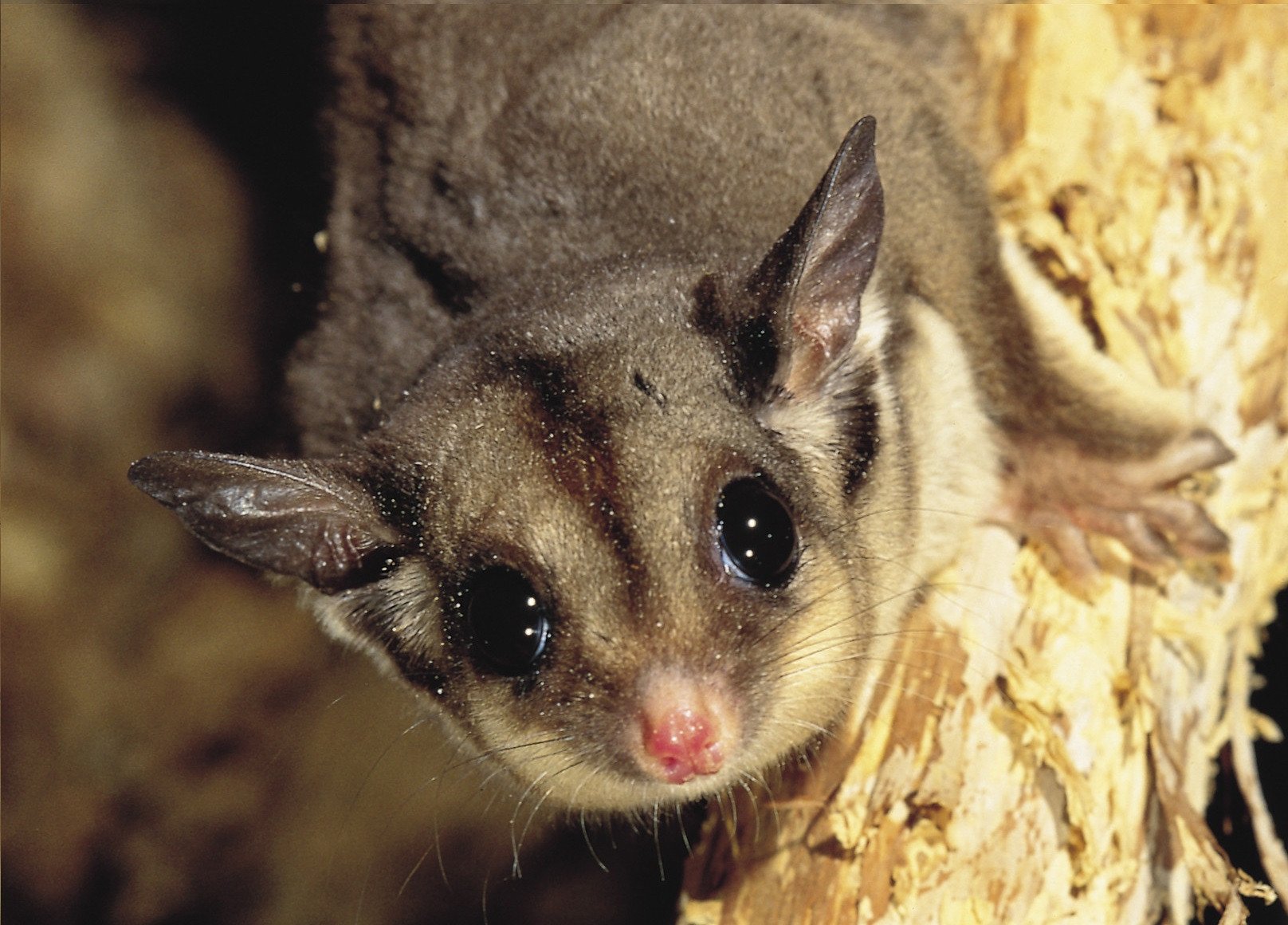
Along with bushfires, other threats to sugar gliders include deforestation and land clearing for agriculture, feral animals, and barbed-wire fences—which can trap their gliding membrane and cause a slow and painful death. Natural predators include owls, kookaburras, goannas, pythons, and quolls.
Several close relatives of the sugar glider are endangered, most notably the Leadbeater's possum (VIC).
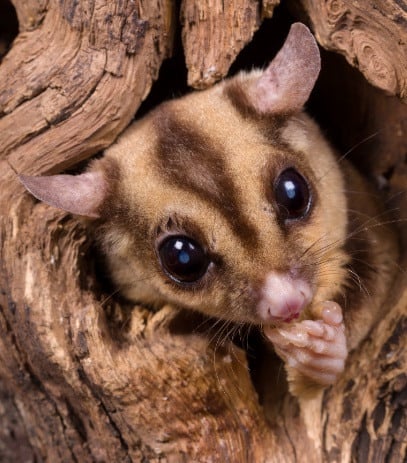
The 2019-2020 bushfires incinerated 186,000 square kilometres of land and nearly 3 billion animals, and much of the burning took place in the recently reduced range of the sugar glider.
While more research is needed to understand the impact of this event and other large-scale land clearing on sugar gliders, it’s more critical than ever that we protect Australia’s remaining forests and bushland.
Together with our supporters, we're working hard to get stronger national environment laws that protect the critical habitat of our most precious wildlife. Will you chip in to protect the forest homes of Australia's iconic animals?